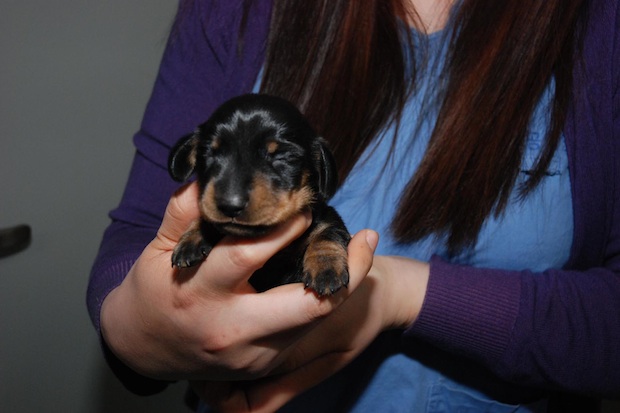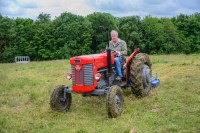A cute puppy is natural front-page fodder, as the birth of Britain’s first cloned puppy last week proved. When it was announced that Rebecca Smith, from London, had won a competition to clone her miniature dachshund, Winnie – and that the procedure had been successful – the papers were full of puppy pics.
The science of cloning isn’t ground breaking; we’ve all heard about Dolly the sheep, and the world’s first cloned dog, Snuppy, was born in 2005. So why was there such a fuss about the latest puppy – and why is cloning a dog so different from cloning any other animal? They already clone horses. In fact, in some equine disciplines, cloning is becoming a major industry. Well, if you can afford it, that is. In 2013 it was announced that Tamarillo, an eventer who won both Badminton and Burghley with William Fox Pitt, had been cloned at a reported cost of £104,000.
When it comes to polo, it’s done on a different scale; Adolfo Cambiaso – considered by most to be the best player in the world – has had around 100 clones of his favourite horses created, and in December won the Argentine Open (polo’s equivalent of the World Cup) playing on a pony from his cloned string. Nor do these clones come cheap; one was sold at auction in 2010 for almost £500,000. And Rio 2016 will be the first Olympics to allow cloned horses to compete, after the Féderation Equestre Internationale lifted a ban on them in 2012.
But cloning a horse is somewhat different from cloning a pet dog. For better or for worse, when cloning a horse, you’re probably cloning it for its genetic traits; its superior speed, agility or, arguably, intelligence. When it comes to cloning a family pet however, as Rebecca has, it’s more likely to be the animal’s character and personality you’re looking to replicate. And even now, does anyone really know how much of that attitude and character is owed to nature, and how much to nurture? Unless that dog has exactly the same upbringing and experiences as the original (and what are the chances of that?), it’s unlikely to behave in the exact same way.
Ethically – well, that’s a different kettle of fish. Horses aren’t mere machines, and the worry is that our ability to recreate them so easily will encourage us to treat them as commodities, rather than as animals. Animal cloning, despite being scientifically viable, is still very much a hit and miss technique. The first cloned dog was the only one to survive out of 1,095 cloned embryos, and critics are wary of what, exactly, happens to the surrogate mothers when they are no longer needed – particularly in the Far East.
There are other worries too, of course. It’s hardly a natural process; so just how far should humans be able to interfere with the production of new life? And when we start cloning animals for pets or sports, is it really that big a step from there, to cloning animals for food production? But seeing as many people still struggle with the concept of genetically modified plants, it seems unlikely that we’ll be seeing cloned dairy cattle anytime soon.







Comments